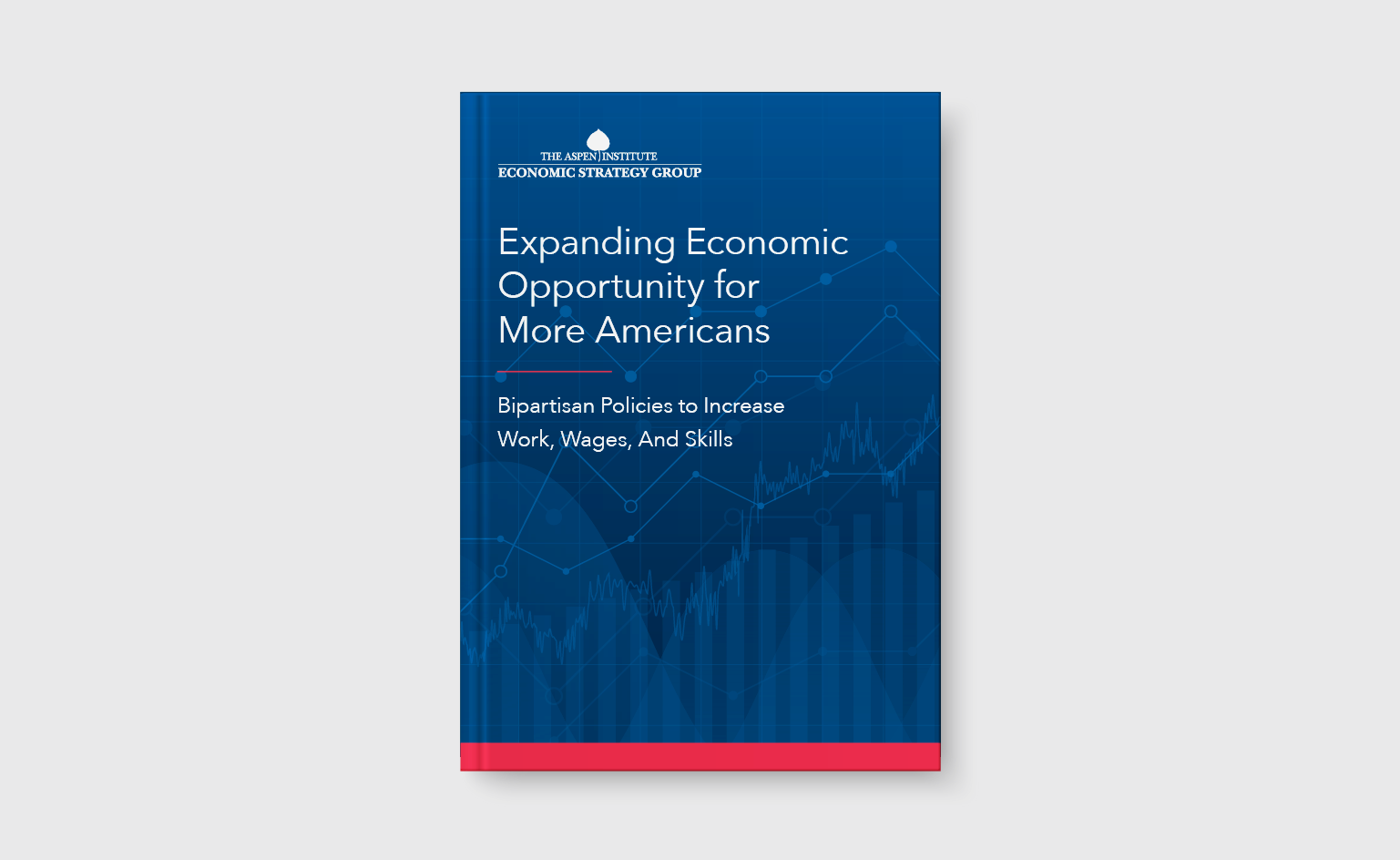
Many workers today find themselves lacking the skills and training necessary to thrive in the modern economy. Most low- and middle-income workers have not seen meaningful wage increases in many years. Millions of men and women are missing from the workforce altogether. These challenges stem from profound shifts in the American economy and necessitate a dedicated policy response.
Over the course of the past year, the Aspen Economic Strategy Group collected policy ideas to address the barriers to broad-based economic opportunity and identified concrete proposals with bipartisan appeal. These proposals are presented here in the edited volume “Expanding Economic Opportunity for More Americans: Bipartisan Policies to Increase Work, Wages, and Skills.”
DOWNLOAD BOOK
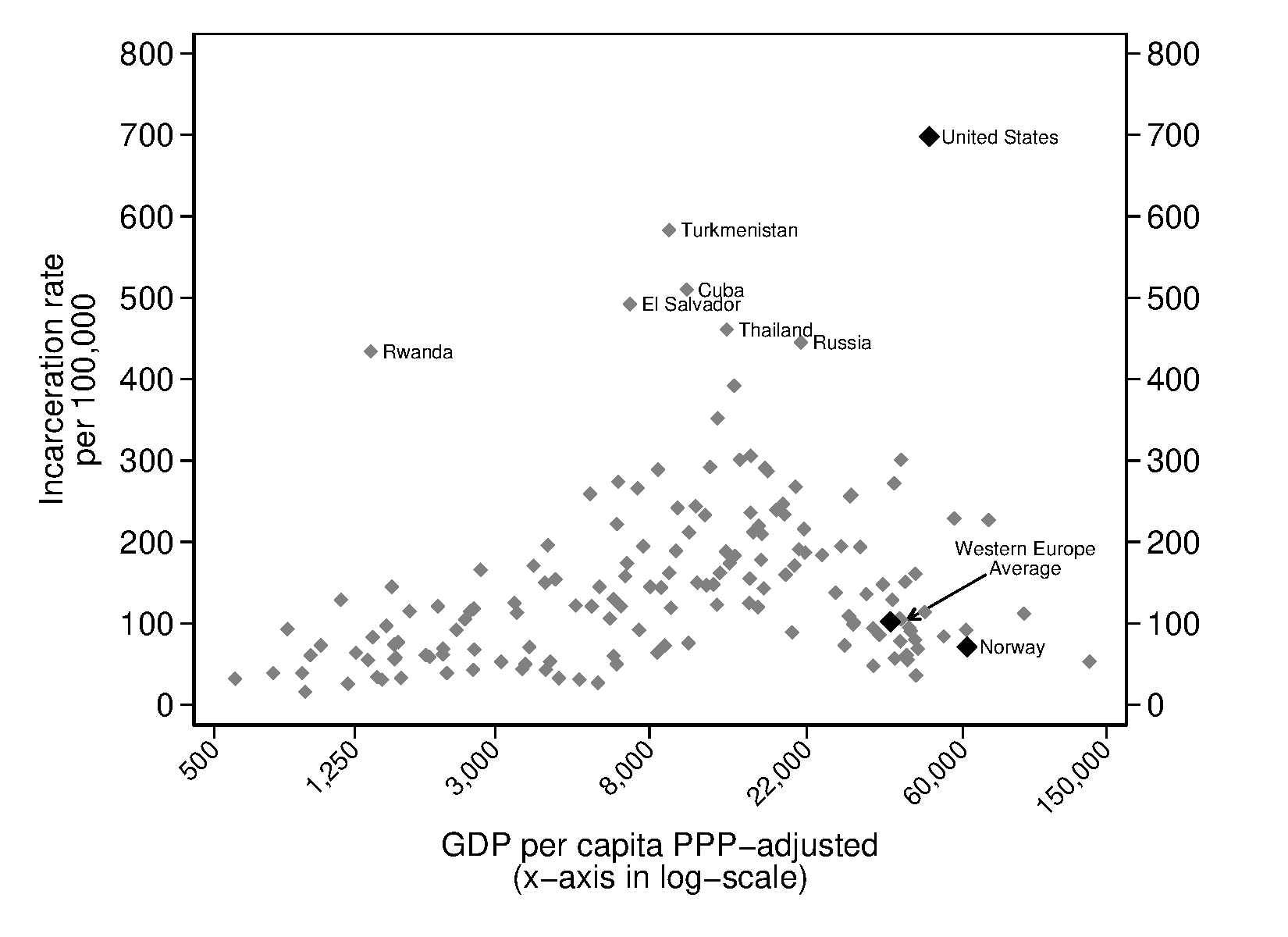
DOWNLOAD
Incarceration rates in the United States have more than tripled in recent decades as rehabilitation has gradually taken a back seat to a policy agenda emphasizing punishment and incapacitation. This raises important questions about the effectiveness of state and federal prisons in the United States, and about whether the resources required for long prison sentences would be better spent improving prison conditions and expanding rehabilitation programs. Contrary to the widely embraced “nothing works” doctrine, we review recent empirical evidence from Norway demonstrating that a well-designed prison system can reduce recidivism and allow for successful re-entry into the labor market. We suggest several possible policy reforms that could be adopted in the United States, which, when combined with shorter prison sentences, would not require an increase in expenditures.
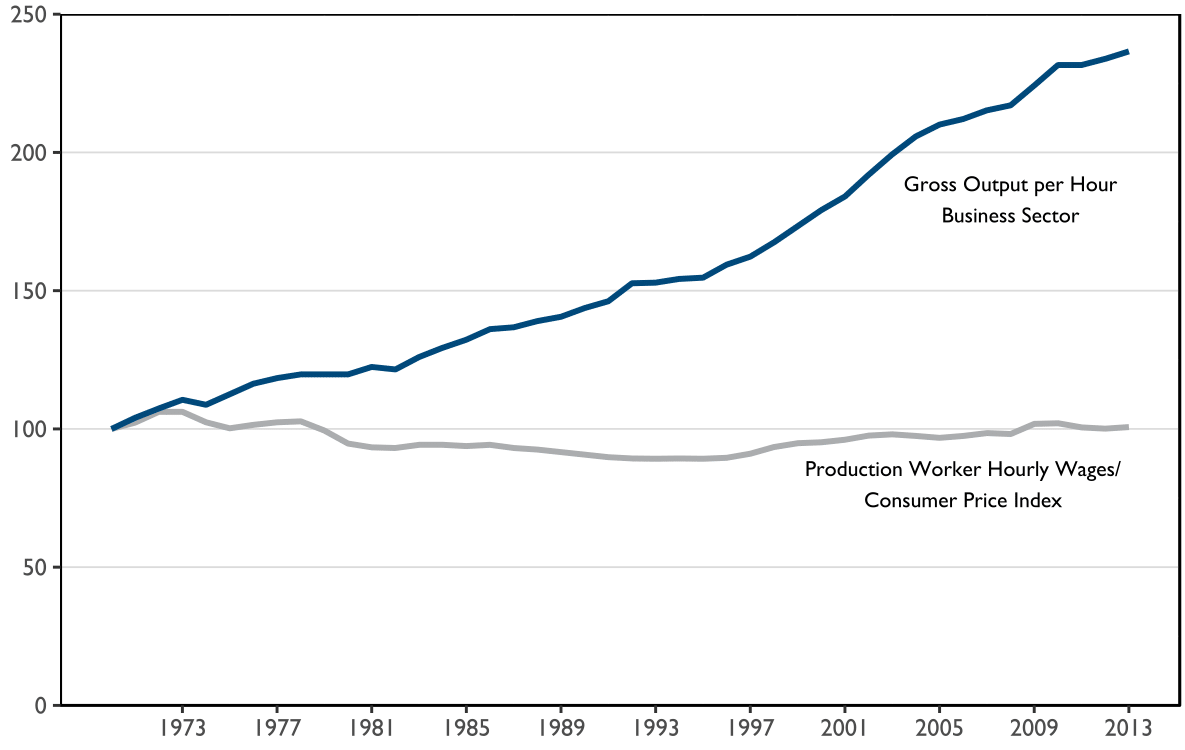
DOWNLOAD
Career and technical education (CTE) is widely viewed as an important alternative to traditional four-year colleges, a means of increasing the earnings of U.S.workers, and an effective response to the changing skill requirements of U.S. employers. While abundant evidence confirms that CTE offerings at public institutions can increase the earnings and employment rates of graduates, substantial barriers to successful expansion of high-quality CTE remain. These barriers include a lack of accessible information about program quality that makes it difficult for students to identify high-return programs and insufficient funding for both CTE students and the public institutions that provide high-quality programs. Low completion rates among those starting CTE programs also limit their positive earnings effects.
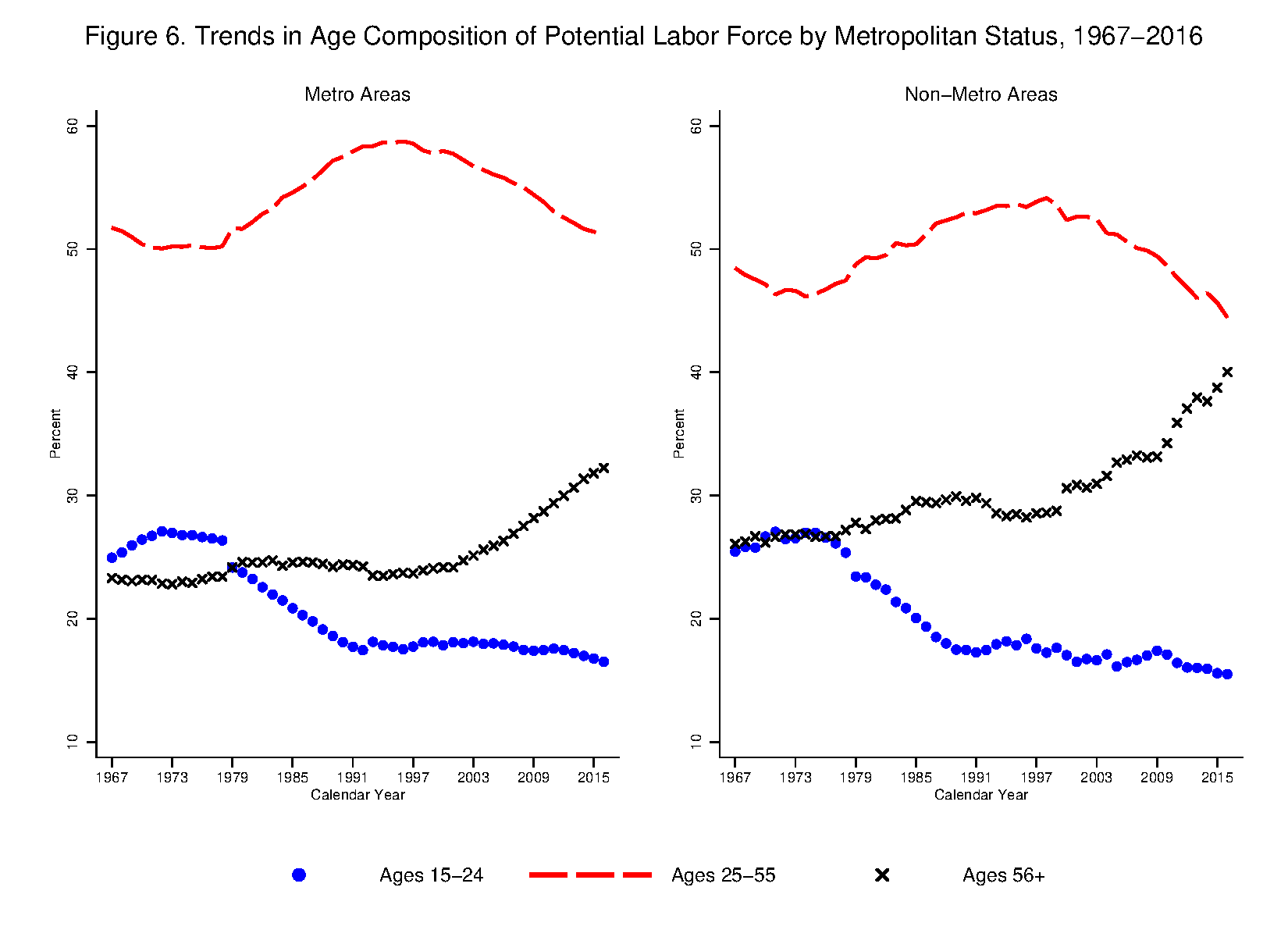
DOWNLOAD
Labor force participation among prime-age workers has been declining for many decades. This chapter aims to provide policy makers with a useful framework for thinking about the question: “Why are so many people deciding that seeking work isn’t worth it?” After reviewing relevant facts and trends about labor force participation in the United States, we consider plausible explanations for the causes of decline. We identify 20 potential explanations for low and declining labor force participation and ultimately conclude that there is still too much uncertainty about the causes of the decline, and thus it is difficult to quantify the expected benefits of any particular policy change. We conclude with five policy approaches to increase prime-age labor force participation.
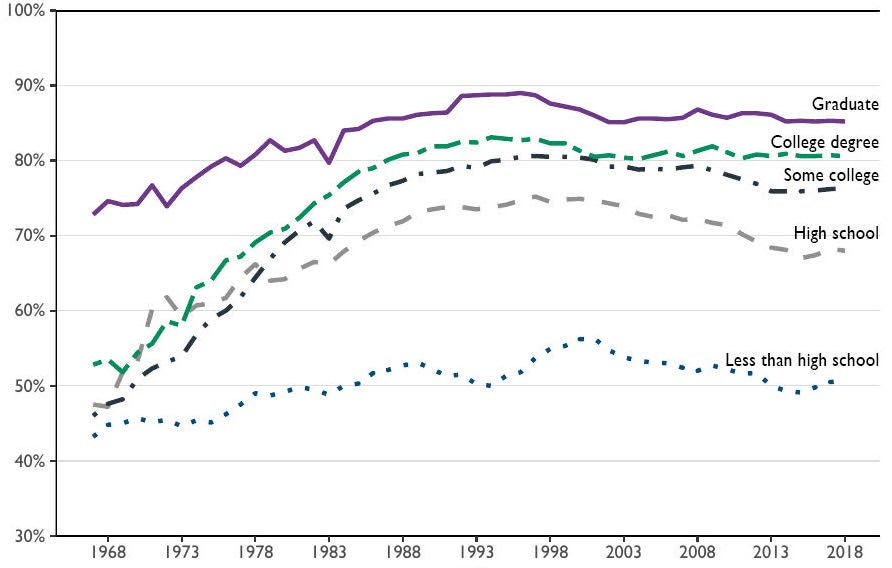
DOWNLOAD
Economic and technological change has made lifelong learning more important than ever and partly explains the rise of online education, the flexibility of which appeals to mid-career Americans. Most existing online education appears to result, however, in poor learning and labor market outcomes. Promising models of low- cost, high-quality online education are only now beginning to arise. This chapter lays out some of the central questions policymakers should ask when considering plans to leverage online education for economically vulnerable mid-career Americans, as well as the state of the evidence surrounding those questions. In short, existing research provides little clear evidence of successful models of online education for academically weaker students, suggesting that policymakers should proceed with caution. Any such efforts should be accompanied by rigorous, data-driven assessment and accountability systems, both to encourage pedagogical innovation and to ensure students benefit from such degrees.
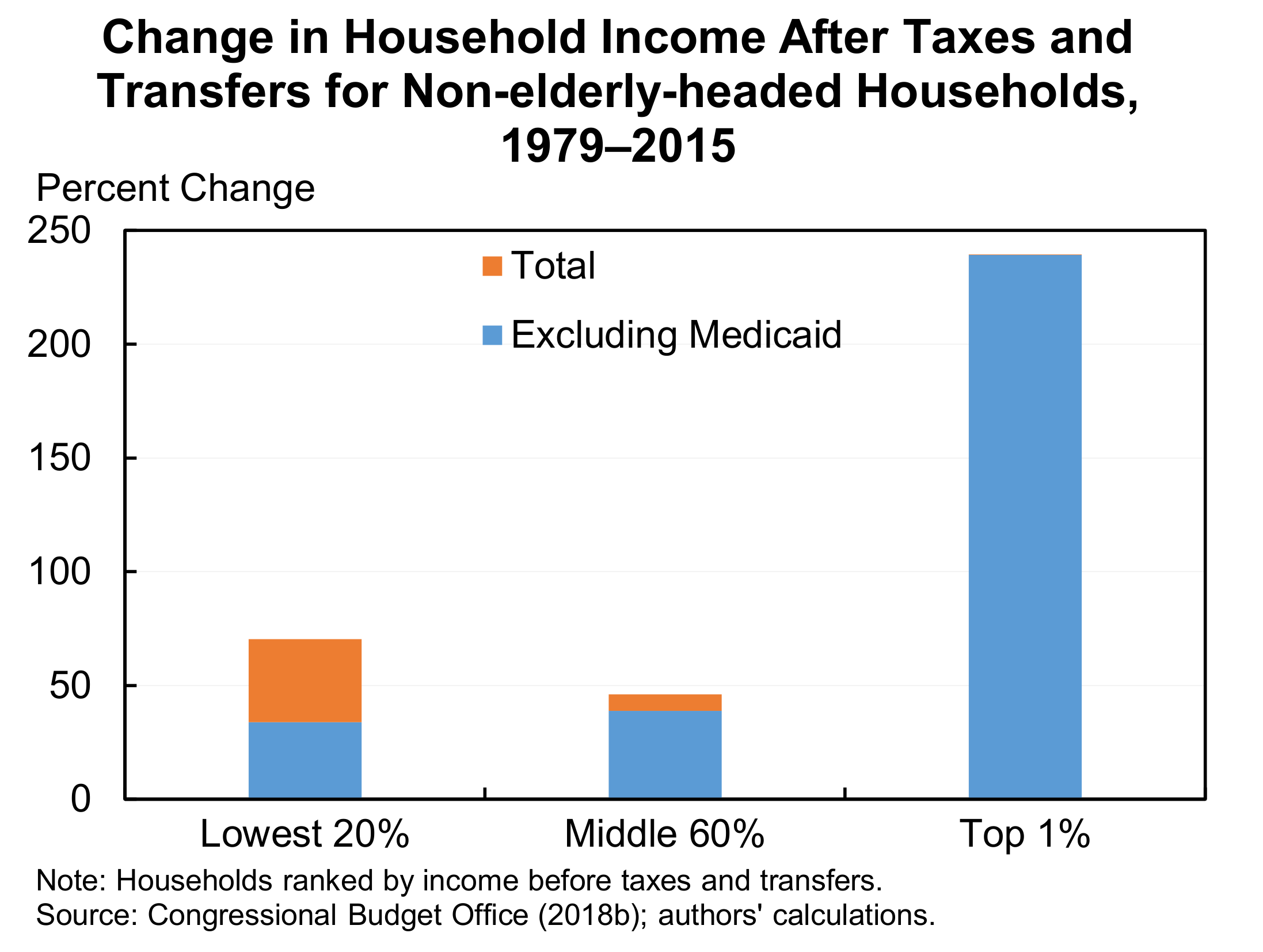
DOWNLOAD
In the face of continued low employment, stagnant wages, persistent poverty, and rising inequality, minimum wage increases will likely continue to hold appeal as a policy response. In this chapter, I propose a Higher Wages Tax Credit (HWTC) to partially offset the costs imposed by minimum wage increases on firms that employ low-skilled labor. Following a minimum wage increase, the HWTC would provide a tax credit of 50% of the difference between the prior minimum wage and the new minimum wage, for each hour of labor employed; the credit would phase out at wages higher than the minimum wage, and as wage inflation erodes the real cost of higher nominal minimum wages. The HWTC would reduce the incentive for employers to substitute away from low-skilled workers in the face of minimum wage increases, thus mitigating the potential adverse effects of minimum wage increases while simultaneously preserving and possibly enhancing some of the benefits of minimum wage hikes. The credit is also intended to infuse the debate around increasing the minimum wage with a more realistic accounting of the costs and benefits of such a policy by partially transforming minimum wage increases into a more conventional redistributive policy.
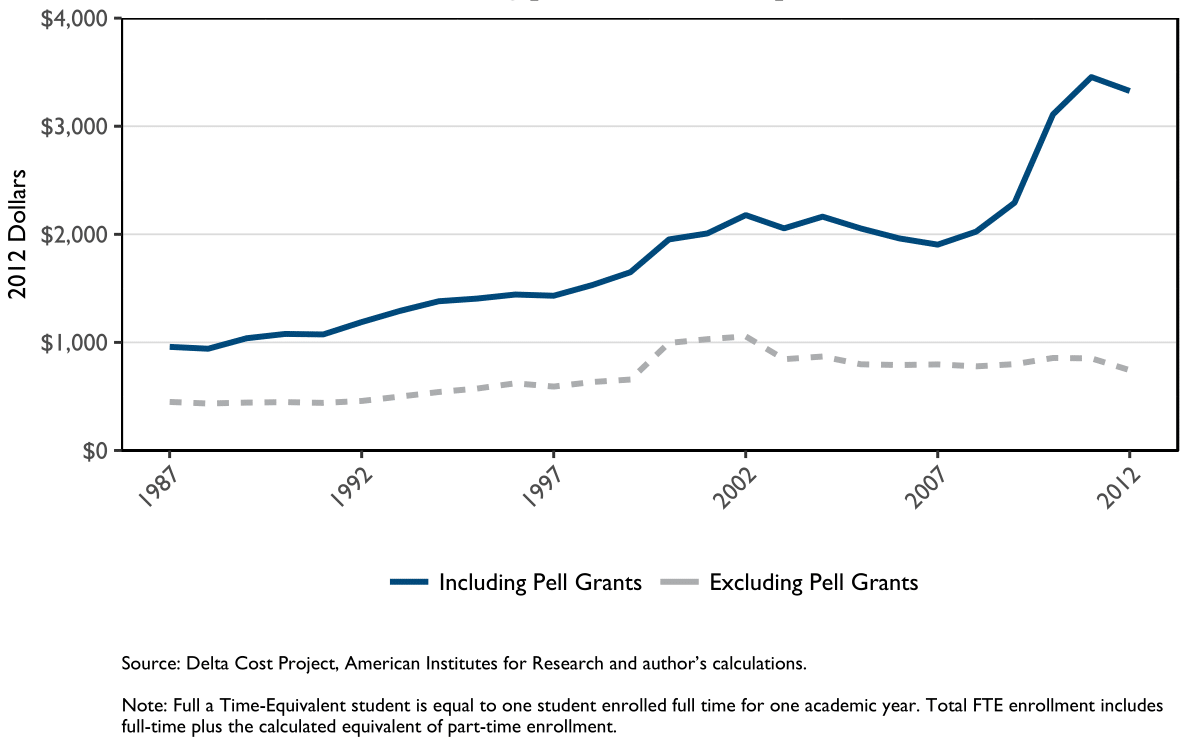
DOWNLOAD
Globalization and technological innovation have intensified the demand for college- educated workers. In 2017, college graduates earned 65% more than non-college- educated workers and were twice as likely to be employed. This proposal recognizes the simultaneous need for more college educated workers and also for a higher level of labor market skill among non-college educated individuals. We propose to invest in the upskilling of the American workplace by better leveraging the potential of the community college sector. Community colleges offer widely accessible and flexible postsecondary education and midcareer training opportunities. They are also a gateway to four-year colleges for millions of students. Yet, despite their promise and potential, community colleges are under intense resource pressures that constrain the educational and labor market outcomes of their students. We call for a new federal grant program to provide funding to community colleges, contingent on institutional outcomes. Our cost estimates suggest new funding on the order of $22 billion per year. This new public investment in community colleges would promote the policy goals of: (1) increasing the supply of college-educated workers; (2) expanding opportunities for midcareer skill development and training; and (3) providing better pathways into the workforce for non-college-educated workers. We additionally support a set of six complementary proposals to further advance these stated goals.
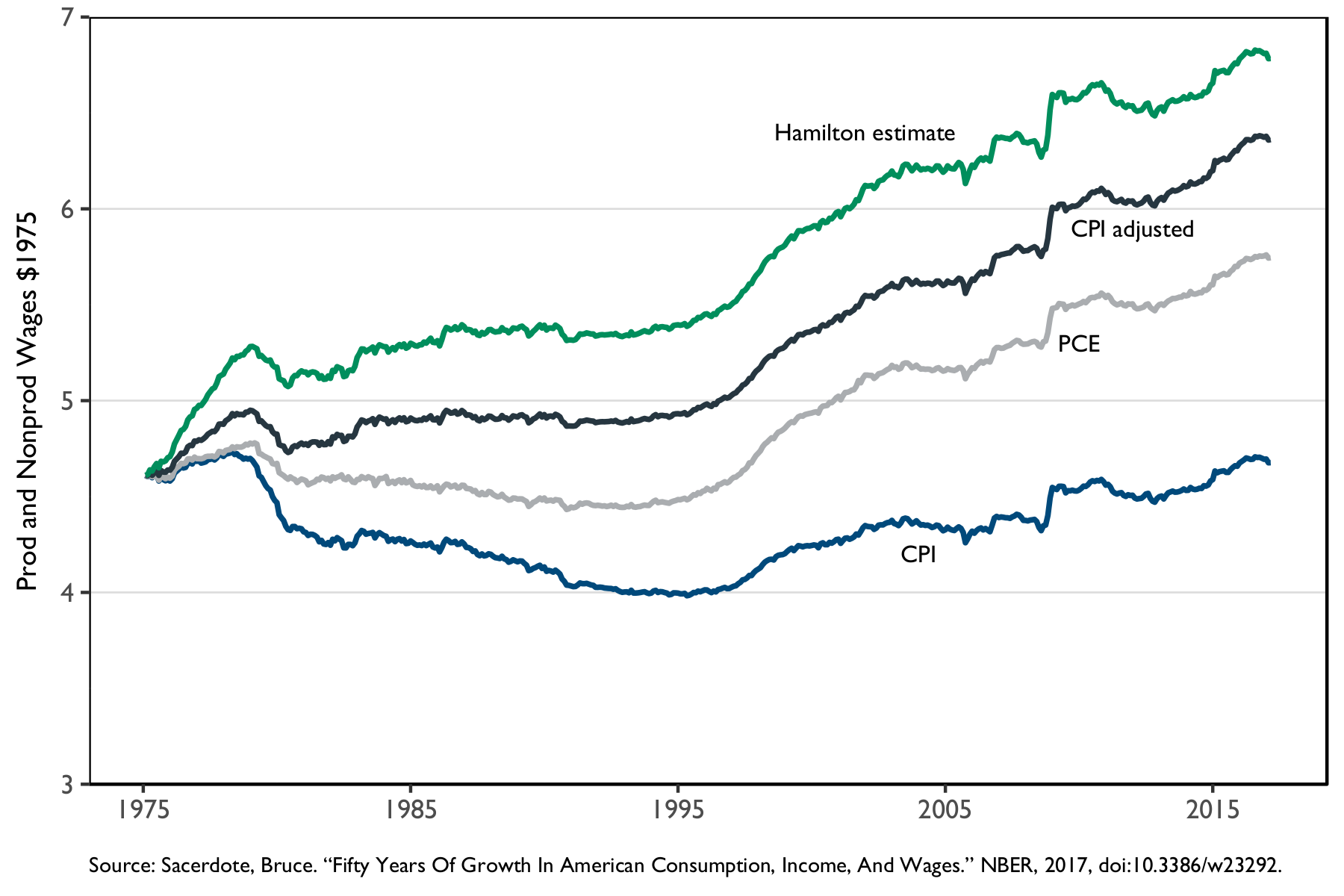
DOWNLOAD
Much of the public debate in recent years suggests that wages are not primarily determined by productivity. Indeed, the argument that the link between compensation and productivity has been effectively severed is commonly made. In this chapter, author Michael R. Strain first discusses the wage-setting process and the conceptual issues that are of critical importance to any empirical investigation of the link between compensation and productivity. He then highlights some recent evidence suggesting that, contrary to the current narrative in some policy circles, the link between productivity and wages is strong.







